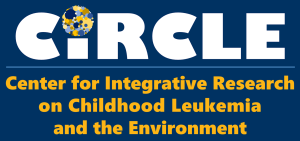CIRCLE investigators translate research for pediatricians, emphasize importance of efforts to prevent childhood leukemia.
There is a perception among the medical community at large and among pediatricians in particular, that the causes of childhood cancer are completely mysterious. However, in contrast to most [...]

